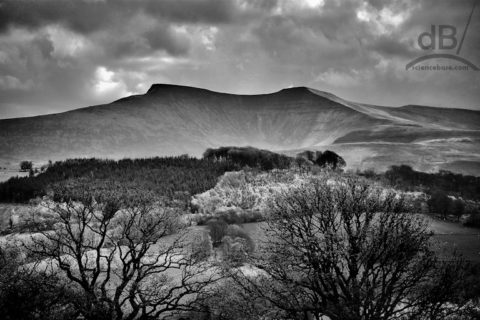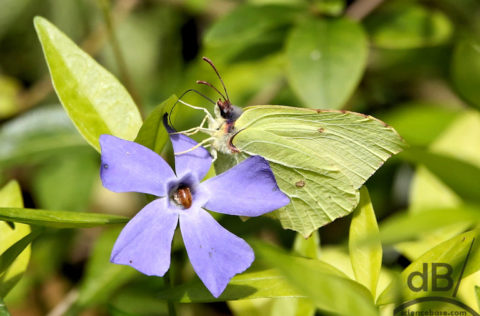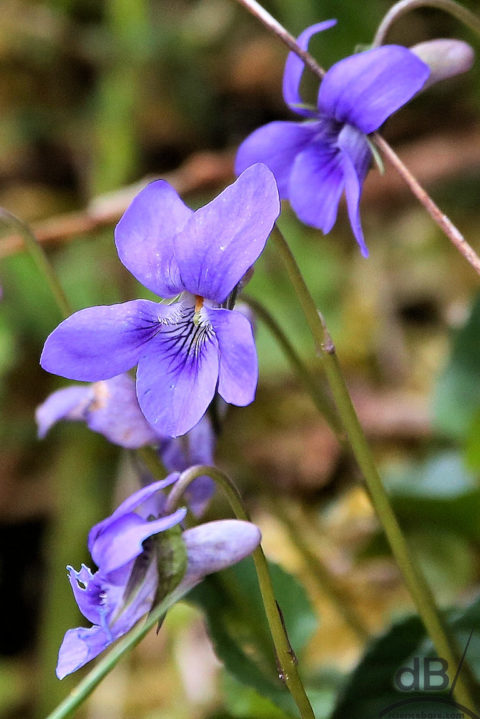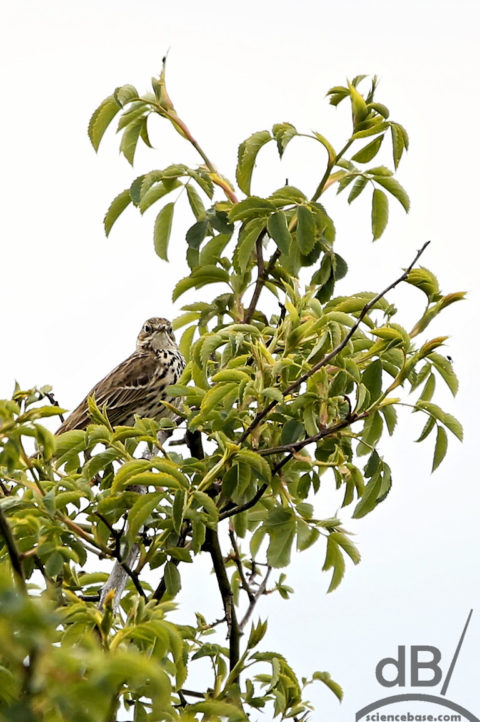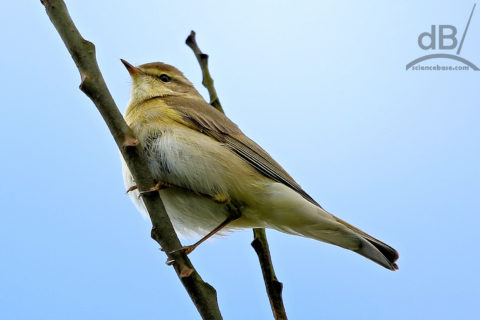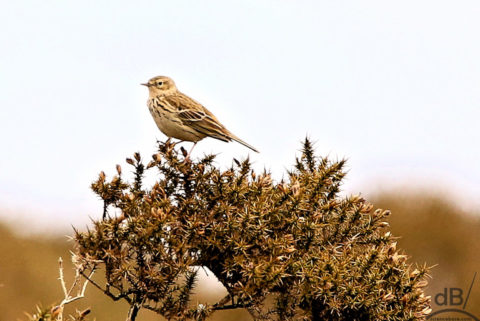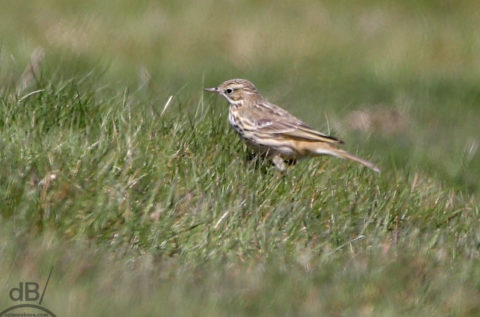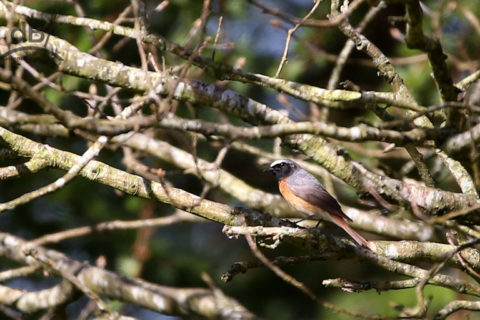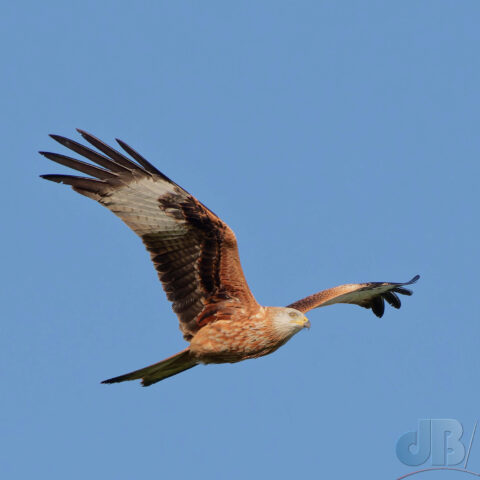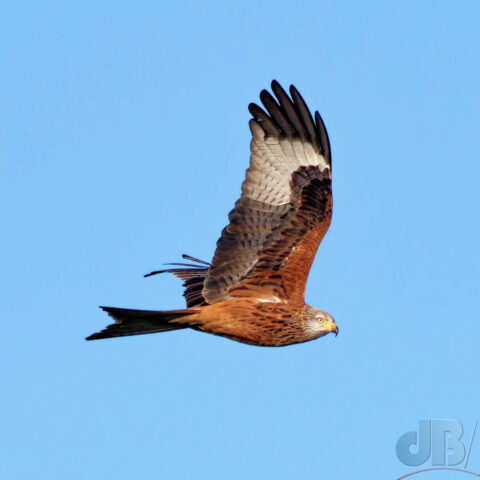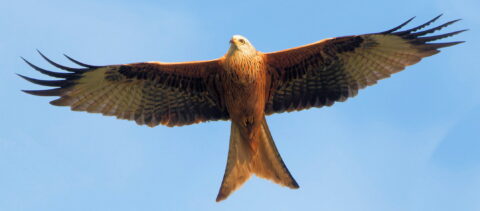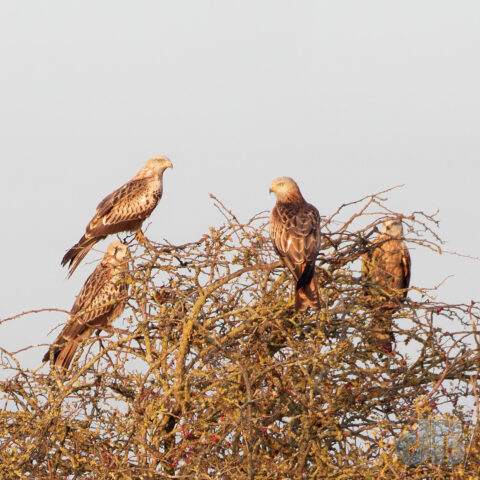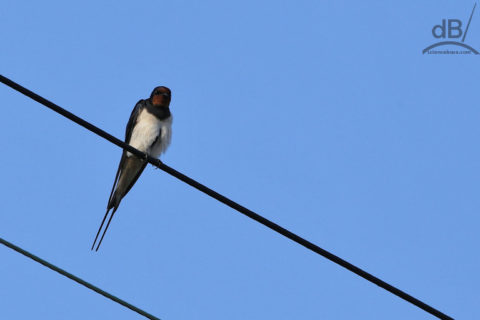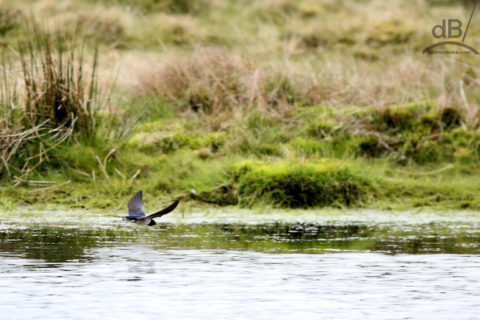Some papers are created open but some are more open than others. For many authors, Open Access means open access, there should be no paywalls, no publisher barriers to their paper being found, read, downloaded…used. There are numerous online repositories where authors can upload their OA papers and under some publisher copyright restrictions their non-OA papers. Mayn funding bodies make it obligatory that research they pay for must be published OA. There are preprint and reprint servers and institutes often keep online copies of their researchers’ output. Finding those versions of a paper and sidestepping the publisher paywalls and logins legally is not always straightforward.
If you install the Unpaywall extension for Chrome or Firefox and find a paper of interest doing a literature search it will take you directly to the legal author-uploaded version of that paper. Fundamentally, it’s simply redirecting you from the publisher version of a paper to the online “reprint” that tha author has legitimately made available. No doubt there are some tightly bound publisher terms & conditions for some journals that strictly speaking don’t allow this, but I’m not aware of any pending testing of the legality. Moreover, publishers attempting to prevent authors sharing their papers with interested third parties are under increasing pressure to be more open even if they don’t open up fully.
Of course, for non-OA papers, to stay within copyright law you can generally only access them via a legit subscription or through the publishers’ paywalls. I did a couple of pseudo-random searches on PubMed to bring up a few papers. The first was not OA and was published by a major international publisher. The Unpaywall “lock” remained greyed out: No legal OA version of the paper online.
The second paper I found was OA and I could see the whole paper on the publisher’s site without having to go through any login/paywall. Unpaywall was still greyed out, but was redundant anyway. None of the next half a dozen papers I tried were available either…so not sure whether this is a generally bad sign or just that there aren’t many authors in the particular niche I searched that have uploaded their OA papers. According to a review of Unpaywall in Nature (a month after the launch of the browser extension) it searches more than 5300 repositories, preprint servers, institutional repositories and the like, apparently it has 86 million DOIs, and a hit rate of 30%…not for me, your mileage may vary.
There are other OA search tools, Nature reports, often with very early-2000s web 2.0 type names: oaFindr, oaFindr+ and the Open Access button.
Meanwhile, there is a well-known scientific hub that circumvents all of these issues, but it’s probably best that I don’t promote that, it’s not necessarily compliant with copyright legislation under certain jurisdictions and I’m sure everyone who feels that is an acceptable alternative to paying for a paper or locating an OA version will already know the URL.
